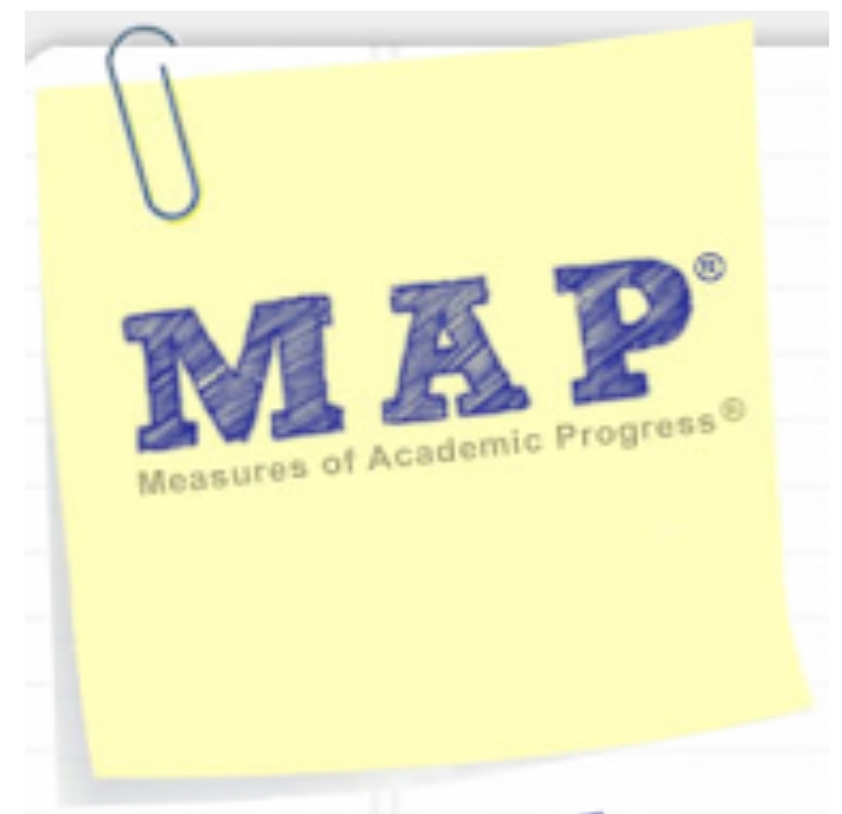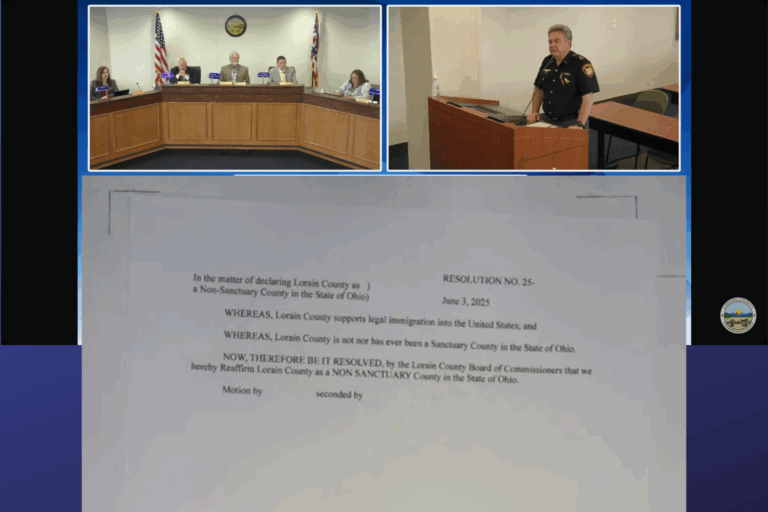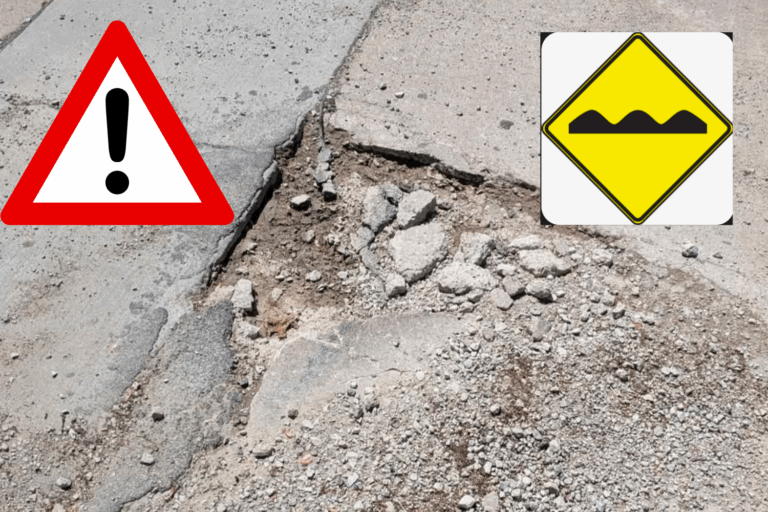
Measurements of Academic Progress
I recently emailed Vermilion Local School District Superintendent Dr. David Hile, after watching the Board of Education Meeting this week. August is the beginning of the year, so it’s where your child left off last year and the point they will start from this year. It’s a time where Teachers are preparing for your child’s arrival by looking back at your child’s progress, then forward to where they want your child to go in the upcoming year.

Its important Teachers and Parents are on the same page. One way to do that is to bridge the gap by having conversations with Teachers and Administration on their process and plans. To see what challenges and goals are being presented. I hope this article helps to build a bridge of understanding of not only Parent and Student, but Teacher to Parent as well. We all want what’s best for each child.

Here is our conversation via email below:

Vermilion Daily: Watching the BOE meeting and Wes is discussing MAPs with you and the Board. There was a few interesting points I’d like to discuss with you. First was the Learning Gap and Covid’s influence. Secondly, causing an average situation of many different reading or math skill levels within a classroom is a dynamic I’m sure that is new to everyone.
Dr. Hile: The achievement gap has always existed between various demographic and racial groups (i.e., high socioeconomic and low socioeconomic students, and white vs. black/hispanic students, and asian students and white, black, and hispanic students). And we have always had students who start school 1, 2, or 3 years behind what is expected for their grade level, thus we have always had a wide range of grade level abilities in our classrooms, so none of those things is new, so we have always had students behind who we are trying to catch-up. COVID and our students being out of school just exacerbated those challenges, so now we have a lot more students who are behind and we are trying to catch-up.
Vermilion Daily: I wanted to do an article that explains what MAPs are from the school’s perspective. What they are striving to accomplish. What your goals are, your challenges etc? Where you were. Where you are now. Where are you aiming to be? How can parents help their kids succeed?
Dr. Hile: MAP stands for Measurements of Academic Progress. They are nationally norm referenced, computer-based, adaptive assessments that measure a student’s academic knowledge and skills relative to the Common Core State Standards in reading and math. You can find all the information you want about them here: (https://www.nwea.org/). I’ve been a school administrator for 22 years now and they are the best assessments I have found because they are valid and reliable, we give them 3 times per year, and we get the data back immediately so that we can use the information to inform instruction very quickly.
When I state that they are adaptive assessments, that means that when a student answers a question, if they get the correct answer, the next question goes up a level of difficulty to see if they know more about the concept, if they get the wrong answer, the level of difficulty goes down a notch to find theri zone of proximal development, or their learning target area. In other words, after our students take a MAP test, we get a report that tells us what they know, what they got right, and what they don’t know, what they got wrong. This allows us to individualize instruction. The results also tell us how our students’ performances compare to 13 million other students across the nation taking the same tests.
We use the assessment data to improve teaching and learning for individual students, whole classrooms of students, and whole grade levels. The goal is to get every student reading and doing math at or above grade level by the end of third grade if not sooner.
One of the things parents can do is make sure they understand the MAP assessment data that is sent home for their children. They need to know their student’s fall MAP scores and his/her projected growth target, and then they will be able to track their child’s progress throughout the year to help make sure they hit their growth target. If they don’t hit their growth target, they should speak with the teacher to learn why. We send this information home to parents and talk to them about it at parent-teacher conferences to help them understand the process and the MAP scores and projections.
The best thing parents can do to help is read to their children 20 minutes a day from birth to age 5 to get their literacy foundation established, and so they come to kindergarten ready to learn kindergarten concepts. After that, they just need to stay engaged with their children throughout the school years, make sure they are doing their school work, stay in communication with their teachers regularly, and communicate to their children high expectations for working hard and succeeding in school.

Vermilion Daily: Thank you Dr. Hile for your input and time. We appreciate you taking the time to speak with us and we think you did a great job explaining and educating us on Measurements of Academic Progress.




